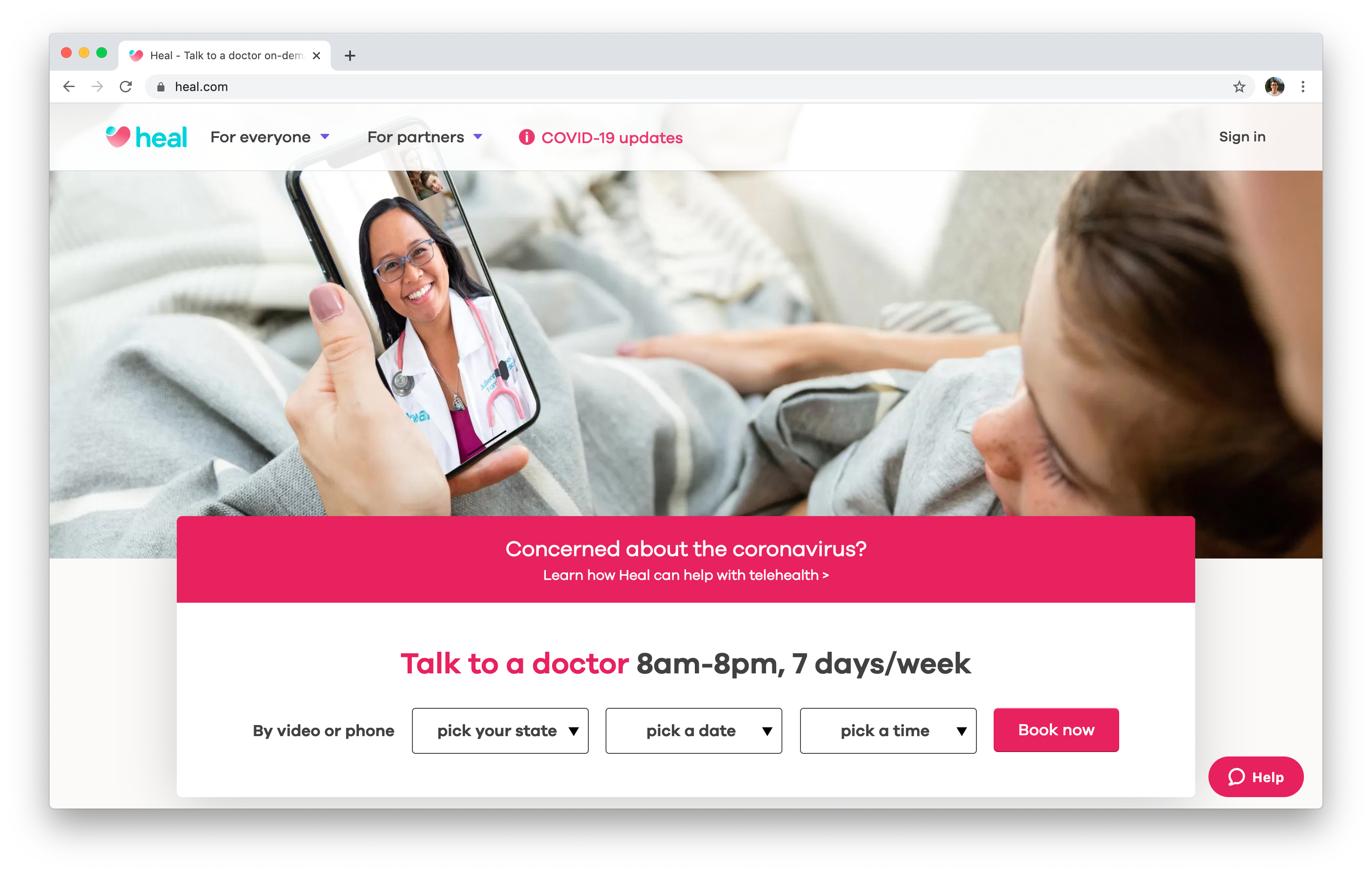The Increase of Subscription-Based Healthcare and Its Influence On Person Care
As health care advances, the subscription-based version is acquiring traction, guaranteeing to revolutionize client care by providing predictability and accessibility. These designs, which bypass standard insurance policy, might redefine the patient-doctor dynamic, emphasizing precautionary and personalized care. Yet, similar to any development, they offer obstacles, specifically concerning equitable access for all socioeconomic teams. The potential for these versions to improve healthcare distribution elevates pressing questions regarding their long-lasting sustainability and inclusivity. Are these subscription services the future of medical care, or do they take the chance of leaving vulnerable populations behind? The complexities of this shift warrant a more detailed exam.
Recognizing Membership Health Care Versions
Understanding the idea of membership health care models entails checking out a transformative approach to medical services that emphasizes cost and accessibility. These designs, frequently described as straight medical care (DPC) or attendant medicine, have arised as ingenious choices to typical fee-for-service healthcare systems. Registration medical care allows individuals to pay a fixed month-to-month or yearly charge for a defined set of clinical solutions, which may include endless office sees, regular check-ups, and fundamental lab tests, without the demand for standard insurance billing.
The structure of membership healthcare versions is designed to enhance patient treatment by removing third-party payers and intricate billing codes, thereby lowering administrative worries. Healthcare service providers can focus a lot more on patient treatment, cultivating stronger patient-provider connections. This version likewise promotes preventative treatment by urging routine visits, as the financial obstacle of per-visit fees is gotten rid of.
The registration design often empowers doctor to manage smaller person panels, enabling more tailored care. It lines up financial incentives with patient health end results, as companies are encouraged to maintain individual contentment and wellness. On the whole, understanding subscription healthcare models requires identifying their prospective to improve just how care is supplied and accessed.
Benefits for Individuals and Companies

For suppliers, subscription-based versions offer the opportunity to deepen patient-provider connections. With a stable income stream, healthcare professionals can dedicate more time to every individual, bring about a much more complete and individualized care experience. This model additionally minimizes reliance over individual volumes, easing exhaustion and enhancing task contentment. The focus on preventive care within membership plans can lead to much better client outcomes and minimized long-term medical care expenses. By focusing on constant care, suppliers can resolve problems before they intensify, eventually profiting the health care system as a whole by lowering the concern on emergency situation and intense treatment solutions.
Challenges and Worries
While subscription-based health care versions present many benefits, they additionally feature a set of obstacles and issues that need to be addressed. Accessibility continues to be a significant problem, as these designs frequently target people that can manage regular monthly charges, possibly leaving out low-income populaces. This raises honest concerns visit this site right here about equitable access to health care services. In addition, the varied nature of registration strategies can lead to confusion amongst patients regarding coverage specifics, potentially resulting in unmet assumptions or poor treatment.
Financial sustainability of subscription-based models is one more issue. Providers need to stabilize the fixed income from memberships with the variable costs of healthcare solutions, which may vary due to unexpected clinical requirements. This can produce pressure to restrict services or increase costs, potentially affecting individual fulfillment and care high quality.
Moreover, governing oversight of subscription-based healthcare versions is still progressing. Dealing with these difficulties is important for the fair and successful application of subscription-based healthcare.
Effect On Patient-Doctor Relationships
One considerable effect of subscription-based medical care models on patient-doctor relationships is the capacity for improved connection and customized treatment. By taking on a subscription model, medical professionals can handle a smaller client panel, enabling more devoted time with each individual. This boosted schedule cultivates a much deeper understanding of an individual's clinical history, lifestyle, and choices, making it possible for more customized therapy plans and treatments.

Nevertheless, it is essential to recognize that while subscription-based versions might benefit those who can manage them, they could inadvertently expand medical care variations. Clients who are not able to join these designs could experience decreased access to customized care, possibly impacting their partnerships with healthcare carriers. Therefore, while the registration version uses promising benefits for patient-doctor relationships, it additionally positions obstacles that need to be addressed to make sure equitable medical care accessibility.
Future of Health Care Accessibility

The role of innovation can not be ignored in this transformation. Telemedicine platforms and electronic health records assist in smooth interaction between individuals and health care service providers, damaging down logistical and geographical barriers. In addition, innovations in synthetic intelligence and data analytics can better personalize clinical treatment by forecasting client requirements and enhancing treatment plans.
Nevertheless, the future of health care gain access to likewise offers difficulties, such as making sure equity across different socio-economic teams. Policymakers and doctor should team up to connect the electronic divide, making certain that subscription-based versions continue to be budget friendly and comprehensive. As these systems develop, they hold the promise of making medical care extra accessible, effective, and patient-centric.
Conclusion
Subscription-based medical care designs are improving person care by offering a secure cost framework and enhancing ease of access. These versions strengthen patient-provider partnerships via personalized treatment and routine check outs, highlighting preventative health and wellness. Despite these advantages, obstacles such as accessibility concerns for low-income populations and the demand for fair healthcare options persist. The increase of subscription-based healthcare motivates aggressive patient websites involvement, which has the potential to enhance client outcomes and fulfillment, signaling a transformative shift in healthcare delivery.
As healthcare progresses, the subscription-based version is getting grip, promising to transform person treatment by offering predictability and access.Subscription-based medical care versions use unique benefits for both carriers and patients, boosting the total healthcare experience.As healthcare systems progress, the future of healthcare accessibility often pivots on the assimilation of cutting-edge models and modern technologies.Subscription-based healthcare designs are reshaping person treatment by providing a steady price framework and boosting access. The rise of subscription-based medical care urges aggressive client interaction, which has the potential to boost client end results and contentment, indicating a transformative change in healthcare distribution.
Comments on “A Comprehensive Overview to Subscription Based Healthcare: What You Required to Know”